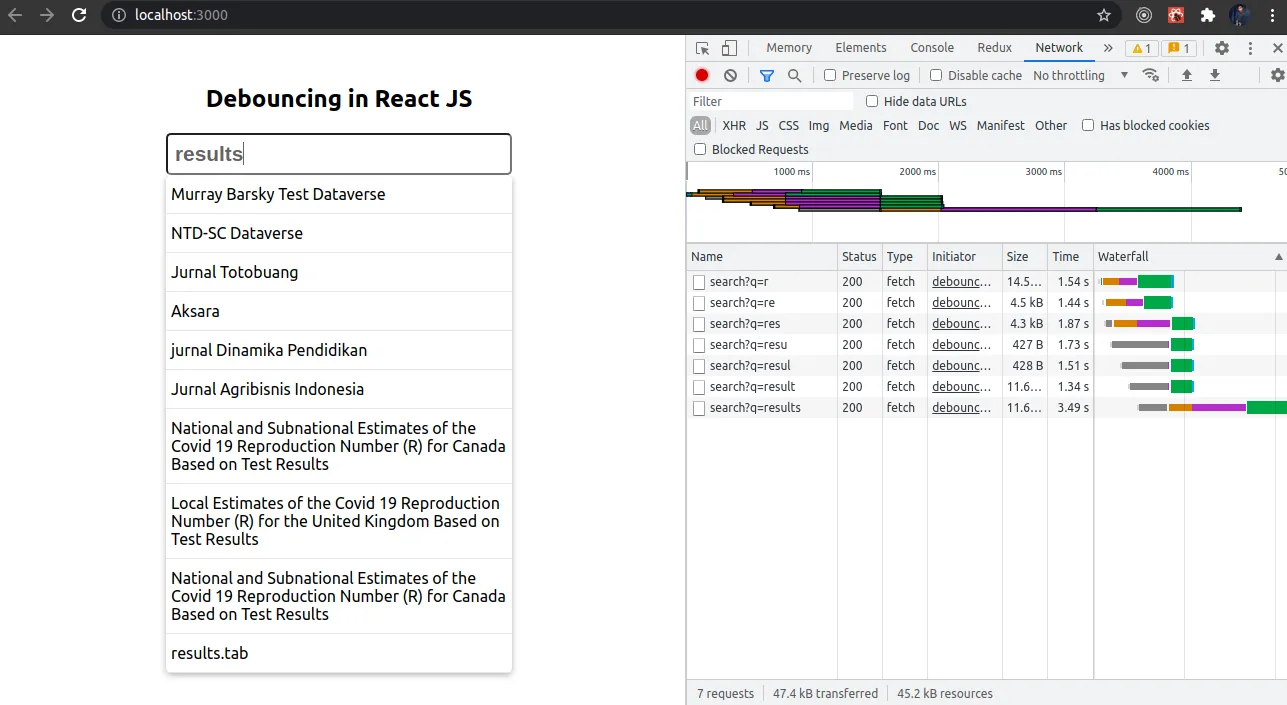
Image source: Freepik (Premium License)
Outsourcing software development to offshore teams has become a popular choice for businesses seeking to scale rapidly without the burden of hiring and maintaining large in-house teams. But how do you navigate the complexities of working with remote teams that are located thousands of miles away? Successful offshore software development requires careful planning, communication, and strategic management to ensure smooth collaboration and high-quality results.
In this guide, we will explore the key steps and best practices for effectively managing offshore software development projects, helping you leverage the benefits while mitigating the challenges.
The Advantages of Offshore Software Development
Offshore software development offers several advantages for businesses looking to build software solutions without overburdening their resources. These benefits include:
- Cost Efficiency: One of the most significant advantages is cost savings. Offshore teams often operate in regions where labor costs are lower than in Western countries, allowing businesses to access skilled developers at a fraction of the cost.
- Access to a Global Talent Pool: Offshore development provides access to a wider pool of talent, including experts with specialized skills that may not be available locally.
- Scalability and Flexibility: Offshore teams can quickly scale up or down based on the project's needs, offering flexibility that is often harder to achieve with in-house teams.
- Faster Time to Market: By leveraging the time-zone differences, offshore teams can work around the clock, leading to faster development cycles and quicker product delivery.
However, these benefits come with their own set of challenges, which is why understanding how to successfully collaborate with offshore teams is crucial.
Key Challenges in Offshore Software Development
While offshore development can be incredibly rewarding, there are several challenges that can impede success. These include:
- Communication Barriers: Time zone differences, language barriers, and cultural misunderstandings can all make communication more difficult. This is often one of the most significant hurdles when working with offshore teams.
- Managing Expectations: Ensuring that both parties - your in-house team and the offshore developers - are on the same page regarding goals, deadlines, and quality standards can be difficult, especially when working remotely.
- Quality Control: Maintaining high-quality standards can be more challenging when you're not in the same location as your development team. Without the ability to conduct in-person checks, overseeing the quality of the work becomes harder.
- Security Concerns: Sharing sensitive data with an offshore team can raise concerns about data protection, intellectual property, and security protocols.
Recognizing these challenges early on allows you to address them proactively and ensures a smoother collaboration.
Best Practices for Successful Collaboration with Offshore Teams
1. Establish Clear Communication Channels
Effective communication is the cornerstone of any successful offshore software development project. Without clear communication, misunderstandings and delays are inevitable. Here's how to ensure seamless communication:
- Set Expectations Upfront: From the very beginning, define communication protocols. Establish regular check-ins (e.g., weekly or bi-weekly meetings) and clarify which tools will be used for day-to-day communication (such as Slack, Zoom, or email).
- Embrace Asynchronous Communication: Time zone differences mean that not all team members will be working at the same time. Emphasize asynchronous communication - using project management tools like Jira or Trello where updates and feedback can be left without requiring real-time conversations.
- Use Collaborative Tools: Platforms like GitHub for version control and Google Docs for collaborative editing can ensure that both teams are always on the same page and have access to the latest updates.
- Cultural Sensitivity: Understand that cultural differences may impact how your offshore team communicates. Be patient and willing to adjust your communication style to ensure clarity.
2. Set Clear Expectations and Milestones
When you are working with offshore teams, setting clear expectations from the start is crucial. Define specific deliverables, timelines, and quality standards to avoid confusion and ensure the project stays on track.
- Set Realistic Deadlines: Given the time zone differences, it's essential to set reasonable deadlines that allow both teams to collaborate effectively without unnecessary pressure.
- Milestones and Sprints: Break the project down into manageable milestones or sprints. This helps track progress and ensures that any issues are caught early in the process.
- Clear Documentation: Ensure that all requirements, project goals, and guidelines are well-documented. This reduces ambiguity and helps your offshore team stay aligned with your objectives.
3. Foster a Collaborative Team Culture
When working with an offshore team, it's important to foster a sense of collaboration, even though you're physically separated. One of the key components of a successful partnership is creating a culture of teamwork and mutual respect.
- Include Offshore Teams in Decision Making: Don't treat your offshore team as just a group of external workers. Include them in project discussions, strategy meetings, and brainstorming sessions. This not only helps them feel valued but can also lead to better ideas and innovations.
- Encourage Cross-Team Collaboration: Build strong relationships between your in-house team and offshore developers. Encourage them to share insights, ask questions, and solve problems together. The more integrated both teams are, the better the project outcomes will be.
4. Monitor and Ensure Quality
Quality control is essential when working with offshore teams. Without being on-site, it can be difficult to oversee every aspect of the project. However, you can still ensure high standards through proper processes and tools:
- Regular Code Reviews: Implement regular code reviews to ensure that the code produced by offshore developers meets your quality standards. Tools like GitHub or Bitbucket can facilitate seamless code collaboration and review.
- Automated Testing: Encourage the use of automated testing tools to catch bugs early and improve the overall quality of the software. Continuous integration tools like Jenkins can help run automated tests every time new code is pushed.
- User Acceptance Testing (UAT): Conduct UAT with a focus group to ensure the product meets the end-users' needs before finalizing the product.
5. Focus on Security
Security is one of the major concerns when dealing with offshore software development. With data and intellectual property being shared across borders, it's essential to take precautions to protect sensitive information:
- Legal Contracts: Ensure that contracts with your offshore team include confidentiality agreements, intellectual property clauses, and data protection terms to safeguard your interests.
- Secure Tools: Use encrypted tools for communication, file-sharing, and collaboration. Tools like Slack with end-to-end encryption or Google Drive with secure file-sharing options are excellent for maintaining privacy.
- Regular Audits: Conduct security audits regularly to ensure your offshore team adheres to the security protocols and practices established.
Choosing the Right Offshore Partner
Choosing the right offshore software development partner is a critical step toward ensuring your project's success. Begin by evaluating their technical expertise, industry experience, and portfolio of completed projects. Look for a proven track record in handling projects similar to yours and the ability to adapt to your unique business goals.
A reliable partner should demonstrate transparency, effective communication, and robust project management practices. Consider how they handle challenges such as time zone differences, cultural nuances, and security concerns. Verify their commitment to safeguarding your intellectual property and data through secure processes and legal agreements.
As Andrew Burak, CEO at relevant.software, explains: "Choosing the right partner is not just about technical skills; it's about finding a team that aligns with your vision, understands your challenges, and delivers solutions that drive real business value."
By carefully assessing these factors, you can build a partnership that drives your project forward and delivers measurable business value.
Conclusion
Offshore software development can be a highly effective way to scale your project, reduce costs, and tap into global talent. However, navigating this process requires careful planning and clear communication. By establishing strong communication channels, setting clear expectations, fostering collaboration, ensuring quality, and addressing security concerns, you can successfully work with offshore teams and deliver high-quality software.
By following these best practices, you can overcome the challenges of offshore software development and turn it into a strategic advantage for your business. Whether you are considering hiring an offshore team for the first time or refining your existing processes, effective collaboration with offshore developers is key to achieving your project's goals.

